Chicken Supplies: 8 Essentials for Chicks & Chickens
Once you’ve decided that chickens are right for you, gathering the needed chicken supplies BEFORE you bring them home is important.
Here are the 8 essential chicken supplies for young chicks:
1. Brooder box
The chicks will stay in a brooder box until they are old enough to move into the chicken coop. Use a galvanized tub, wooden box, plastic tub, or cardboard box.
The brooder box should have 1 square foot of space per chick. It’s best not to have any holes that chicks could escape out of.
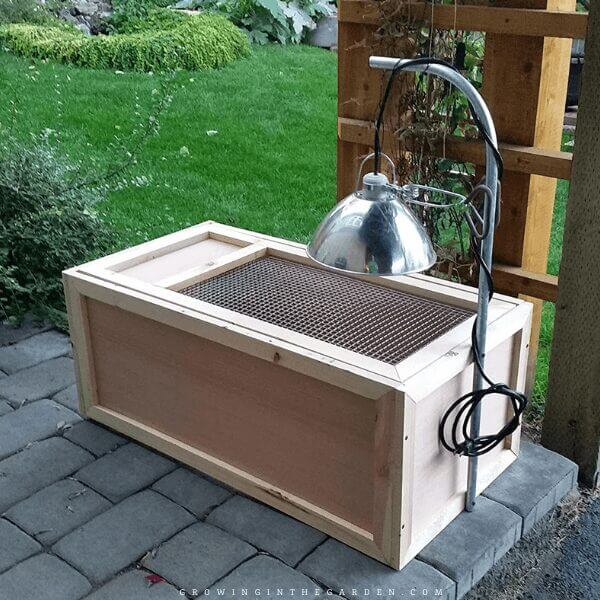
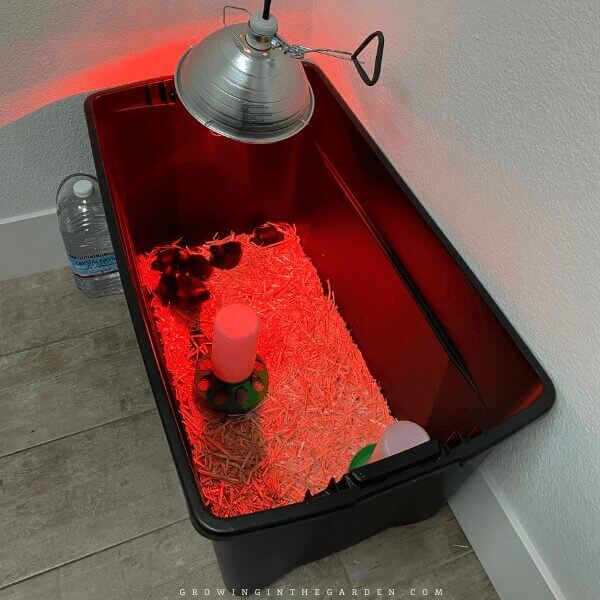
2. Heat source
Newly hatched and unfeathered chicks cannot regulate their body temperature; providing a heat source is essential.
- A heat lamp with a red heat lamp bulb is an inexpensive option for providing heat. Use care when using – bulbs get very hot and can be a fire risk.
- Brooder heating plates are more expensive, but are a safer alternative.
Hang heat lamps above the brooder box (take care not to put it near the edges if your brooder box is plastic – it will melt). There should be enough space in the brooder box for the chicks to escape from the heat.
The heat lamp should keep the temperature at the ideal range for chicks (90-95°F for the first week). Each week, raise the heat lamp a little bit to raise the temperature by about 5°F. Remove the heat when the chicks are feathered and the temperature in the brooder is 65-70°F.
Pay attention to your chicks (they use the lamp to regulate temperature). If they are huddled together under the lamp, they are cold. If they are far away from the light, it may be too warm. When the temperature is just right, the chicks will be evenly distributed within the brooder area, softly chirping and pecking around.
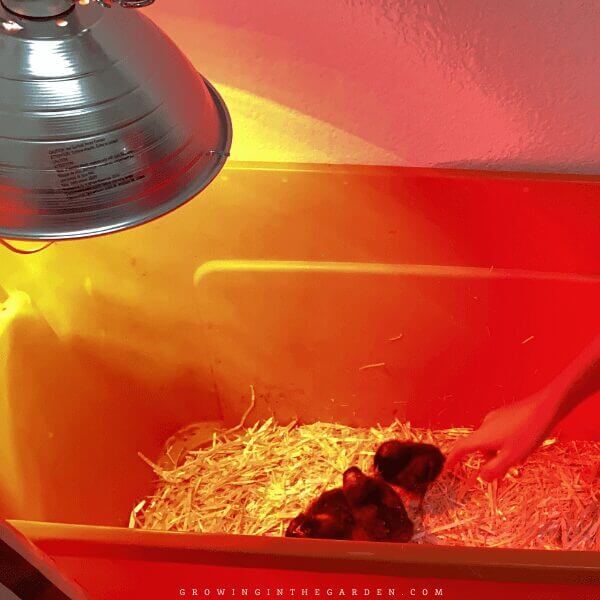
3. Water
Chicks (and chickens) need constant access to water. Very young chickens need chick waterers designed for young chickens. Keep the water fresh and clean.
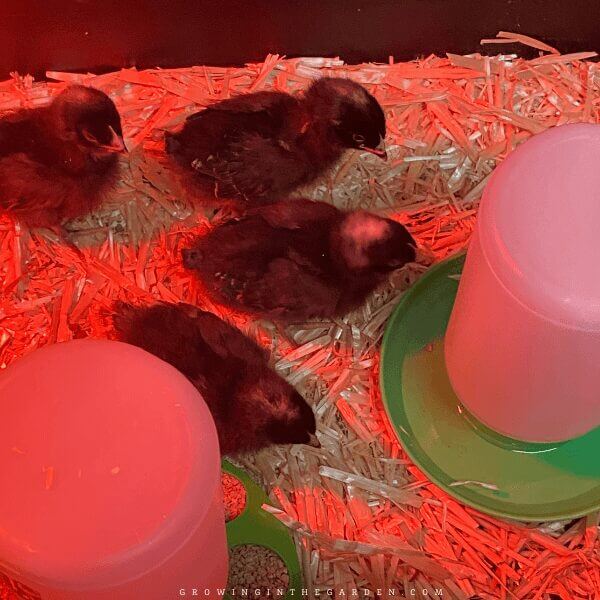
As the chickens grow, transition to a larger waterer.

4. Food
As with water, chicks and chickens need constant access to food. Use small feed containers for small chicks and move to a larger feeder for larger chicks.
Nutrition needs vary depending on the age of your chicks. Until chickens begin laying eggs, feed them an organic chick starter grower. Starter feed has at least 18% protein for the first 18 weeks.
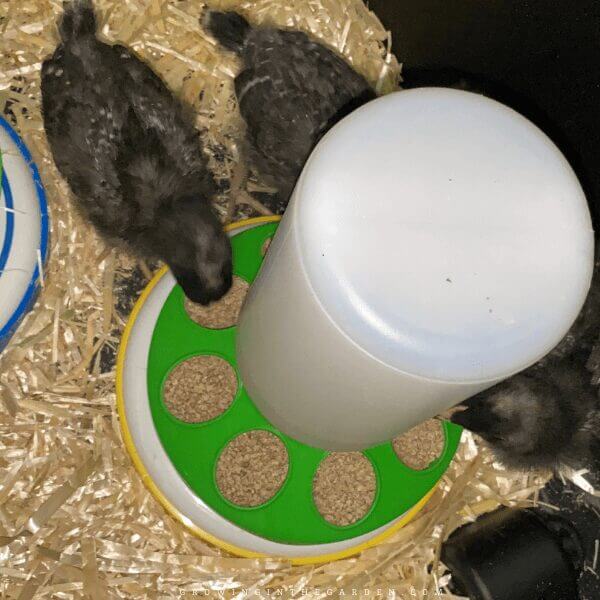
Once chickens are ready to lay eggs their nutrition needs change. When chickens are 18 weeks old transition them to an organic layer feed. Wait until 18 weeks to give any treats (scratch).
At this point they will also need access to crushed oyster shells (for calcium) and grit (for digestion) in a separate feeder so they can regulate their intake.

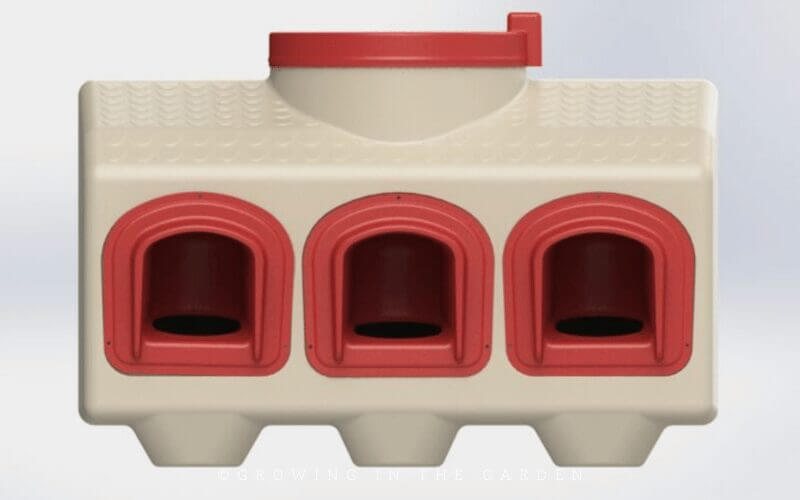
5. Bedding material
Add bedding material once chicks are a week old. Common materials for bedding include wood shavings or chopped straw. Change the bedding material out often. Chopped straw is a good choice for organic gardeners – add it to the compost pile when you change it out.
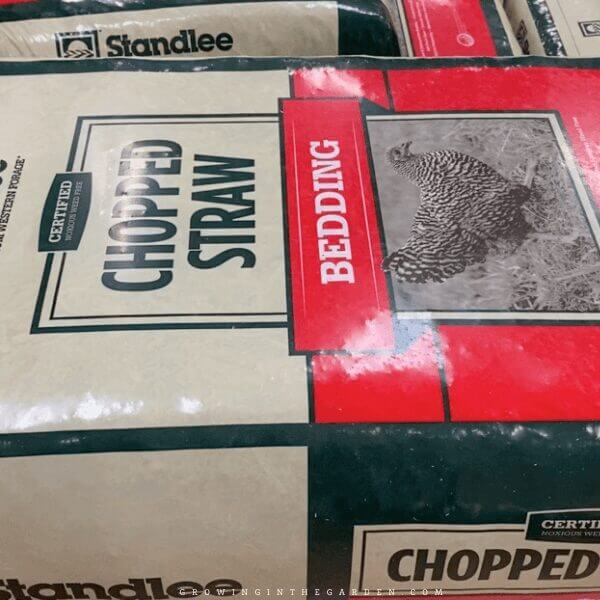
6. And of course, chicks!
Research breeds that do well in your area and have qualities you are looking for in chickens. Some have higher cold or heat tolerance. Some lay more eggs. Other breeds are broody more often and different breeds have different temperaments.
I chose Plymouth Barred Rock chicks for several reasons. They are very heat hardy, and are excellent layers. Barred Rock are also friendly and good foragers – I want them to track down the roaches and scorpions in my garden.
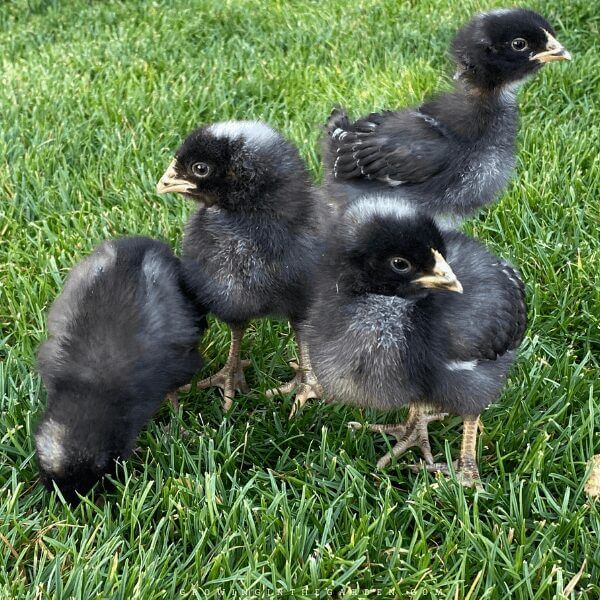
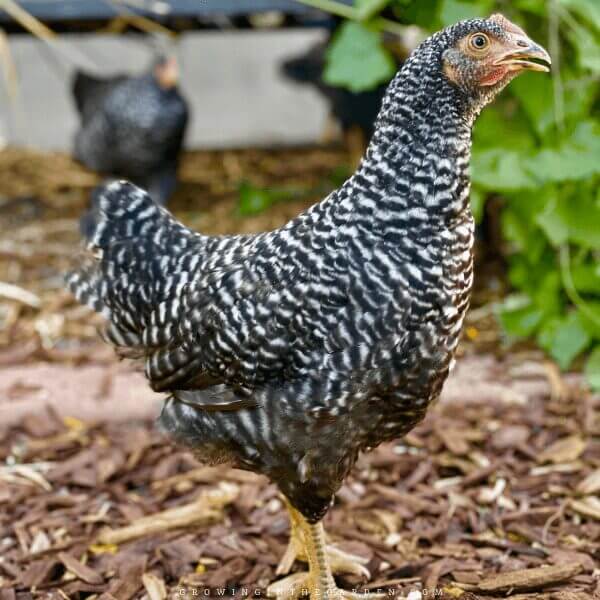
What about chicken supplies for older chicks?
Here are some additional chicken supplies you’ll need:
7. Chicken Coop
A chicken coop provides shelter and protection from predators. If your birds have access to an outdoor run, give a minimum of 2 to 3 square feet per bird inside the coop. A coop should also contain 1 nesting box for every 3-5 hens and roosting bars.
When chicks are about 6 weeks old, they are fully feathered and ready to transition from the brooder to the coop if the outside temperature is warm enough (above 65°F).
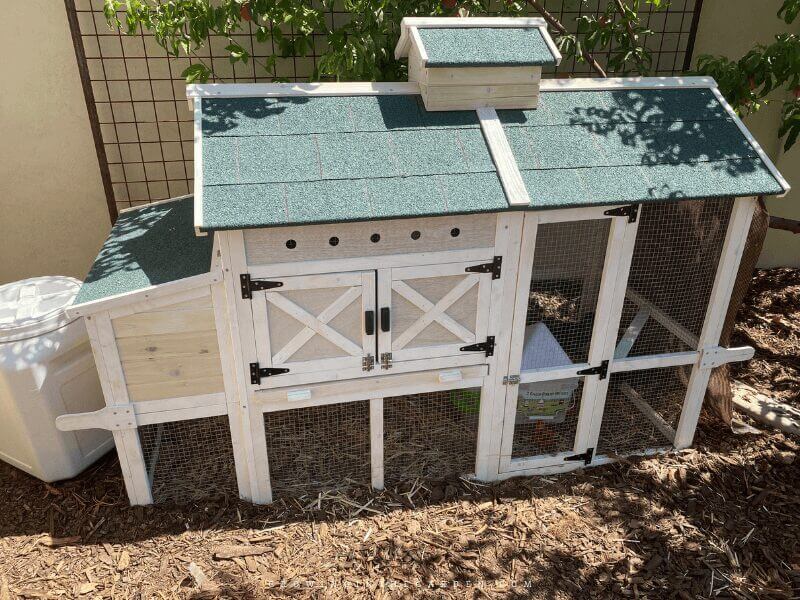
8. Chicken Run
A chicken run provides an additional protected area for the chickens to stretch their wings. It gives them space to scratch, peck, dust-bathe, and be chickens. A run should have between 5-10 square feet per bird. The bigger, the better.
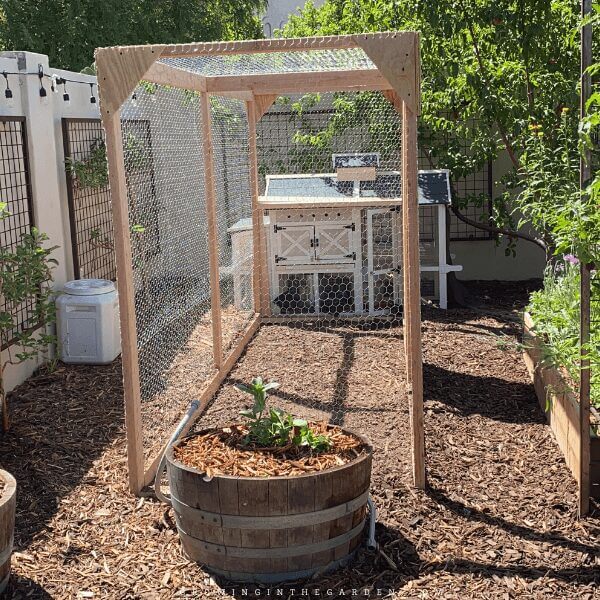
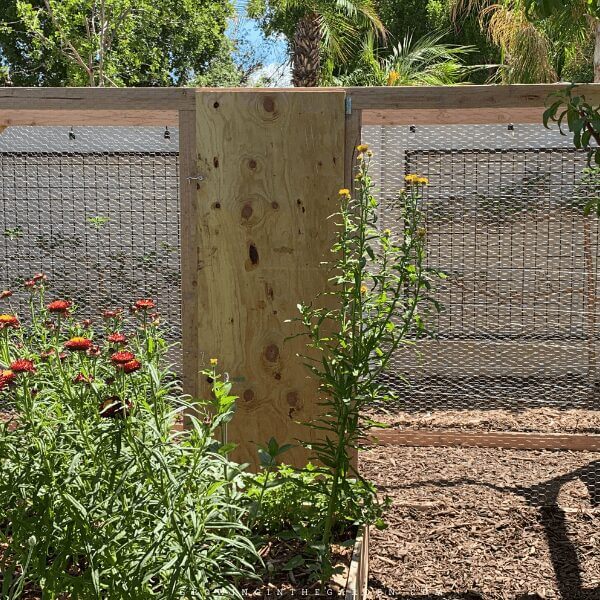
Other Chicken Supplies: Climate Considerations
If you live in a hot or cold climate, there are additional chicken supplies needed for survival in your climate. For example, here in the low desert of Arizona, during the summer months I provide shade, a mister, and frozen ice blocks for my chickens. Check with local breeders to see what accommodations are needed in your area.
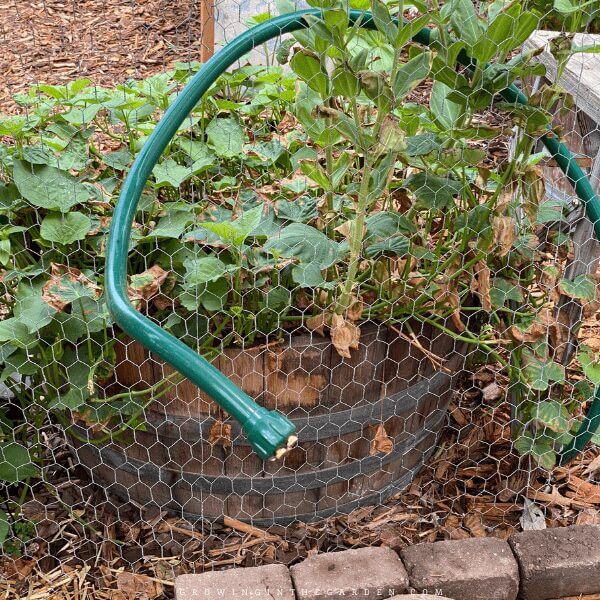
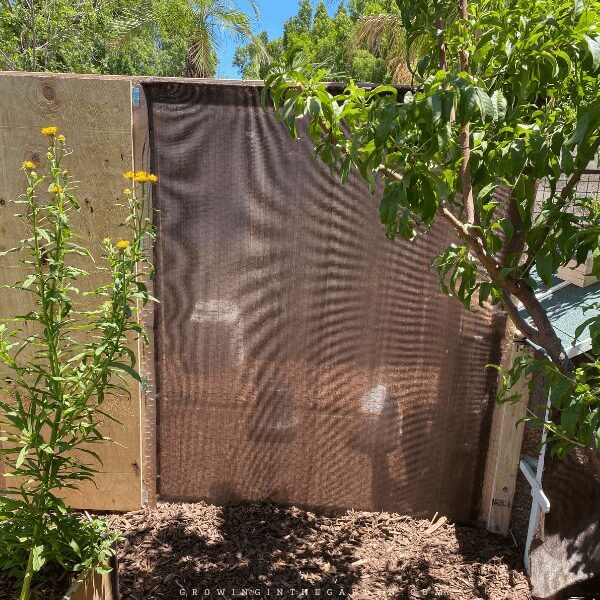
If this post about which chicken supplies you need was helpful, please share it:
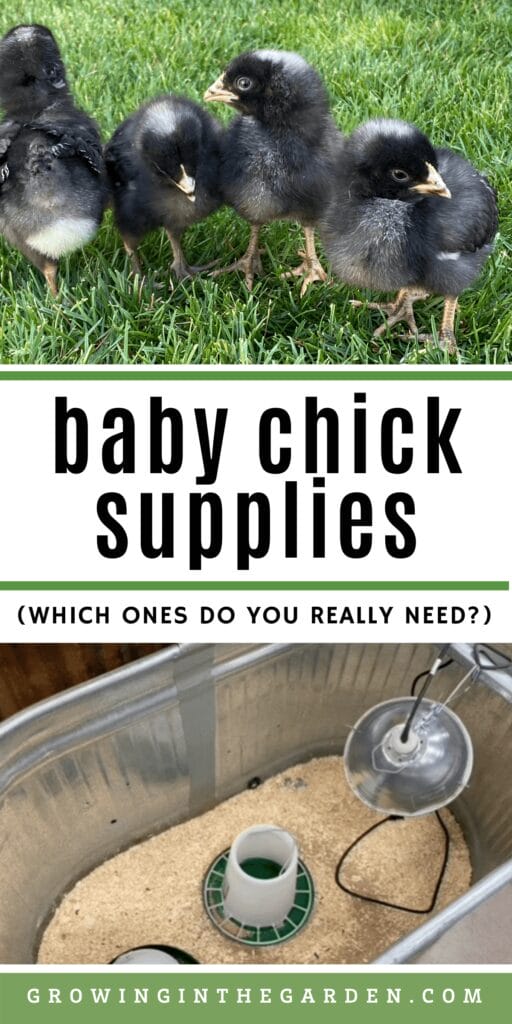
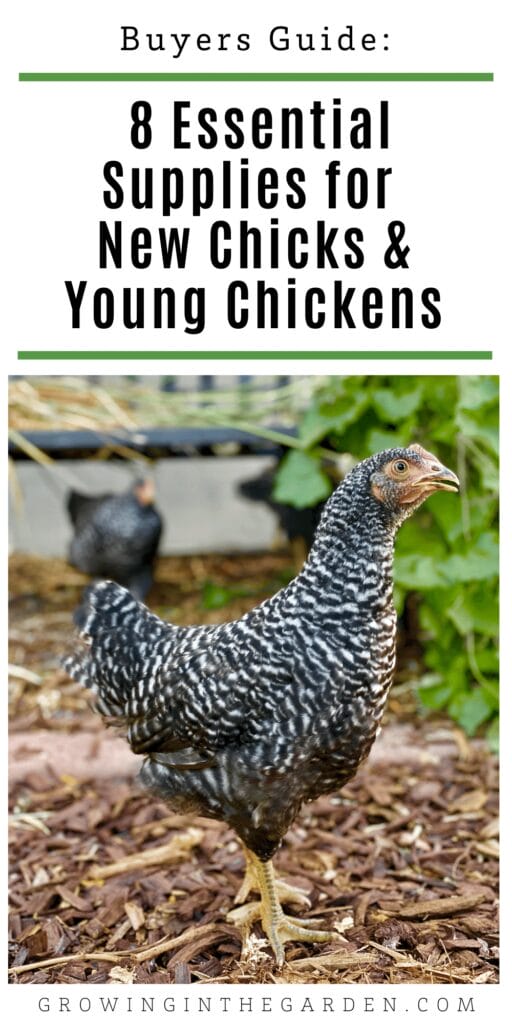




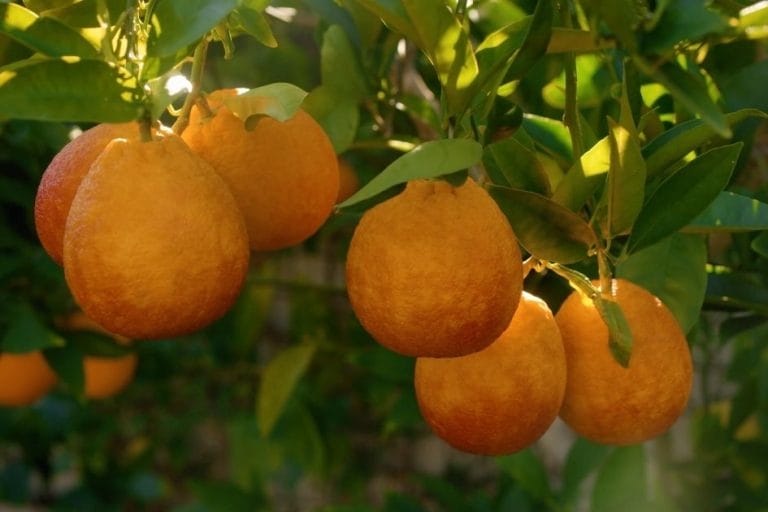
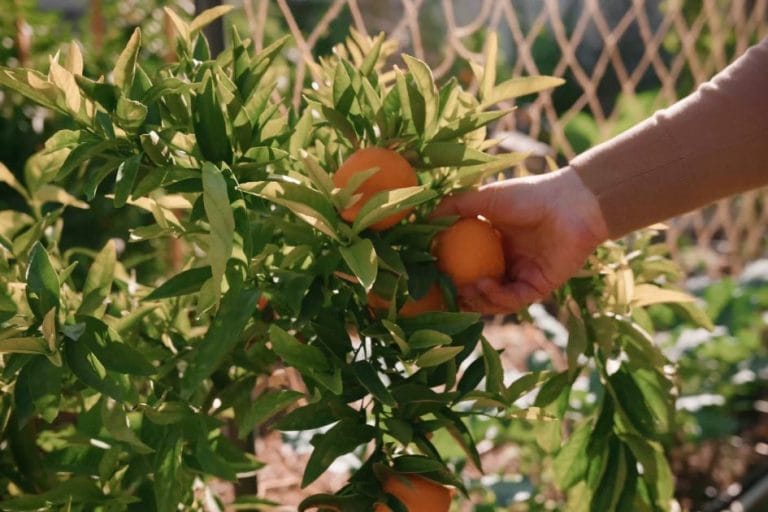

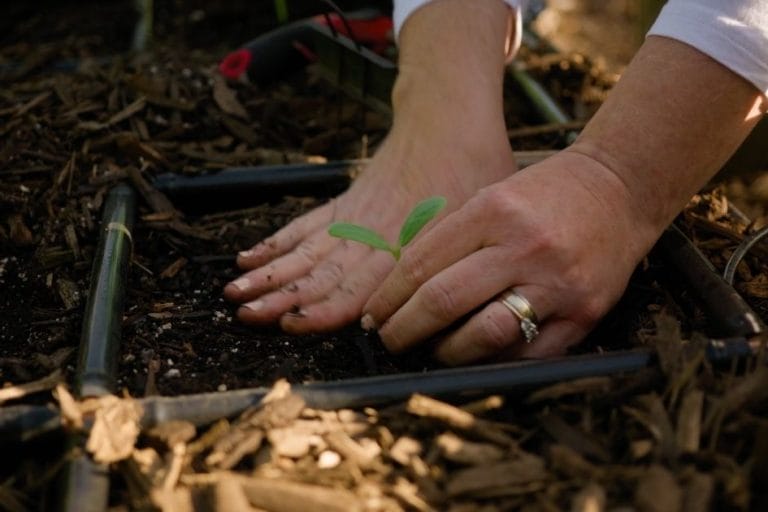
Hi! We have chickens in our backyard. I would love to plant more things in our backyard but don’t know what plants the chickens will eat or leave alone! Any advice on what things to plant around chickens?
I’m still a bit of a newbie on that. I did grow watermelon vines up the coop to help shade it in the summer. I’ve been growing sweet potato vines near the coop and they LOVE eating those. I give them fresh herbs each day and they like those; lemongrass, oregano, basil, etc. They love cucumbers and cantaloupe. When I let them in the garden they are fine if crops are older but they wreck havoc on young crops.
Hi! When you say that chickens are ready to transition from brooder to coop when the outside temperature is above 65, does that mean that the lows shouldn’t be below 65?
Yes.
Is there a particular time of year that’s better to get chicks here in the Arizona low desert? For example, is it better to get them in the spring, past the coldest part of the year, but before the heat sets in? Thanks!
I checked with Tiffiny at Inspire Farms in Mesa and she said that most people get them in the spring, but because of our mild winters, you can also get them in the fall and have eggs by spring.
How many hens do you have? We are about to build our coop and get ready to get some, but not sure how many to start with
Hi Amanda. I started with 6. That was a good number and produced a large amount of eggs. 2-3 dozen a week during laying season.
Hello! It looks like from these pictures that your chicken coop and run are situated on mulch. Would you recommend setting a new coop up that way as well?
I pulled back the mulch and put it on the soil as much as possible. Then I put the mulch back around the perimeter. I would try to get it at soil level if possible.